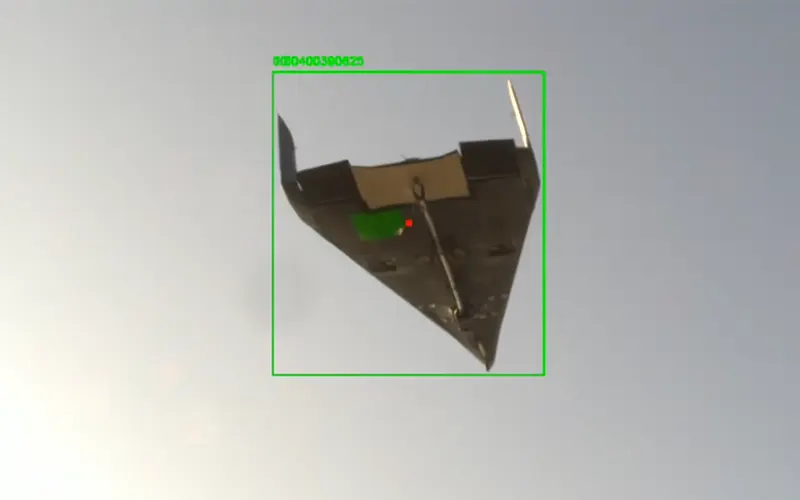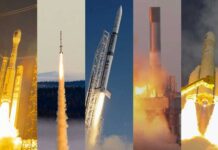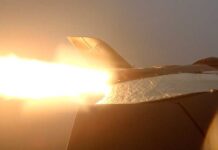
Germany’s POLARIS Spaceplanes is preparing to attempt a key milestone in its development of in-flight refuelling capabilities for its AURORA multipurpose spaceplane and hypersonic transport system.
AURORA is an uncrewed platform designed for hypersonic flight testing and, with the addition of an expendable upper stage, capable of deploying satellites into orbit. During the take-off and landing phases, the vehicle will be powered by four turbofan engines. When conducting hypersonic testing or launching payloads into orbit, AURORA’s two aerospike engines will be fired. POLARIS is currently planning to begin operational flights of AURORA in 2028.
In early 2024, POLARIS Spaceplanes announced that Germany’s Federal Office of Bundeswehr Equipment, Information Technology and In-Service Support (BAAINBw) had backed the development of an in-flight refuelling capability. This capability would extend AURORA’s operational range and boost its maximum payload capacity.
By May 2024, the company announced that it had received approval from the country’s Federal Ministry for Digital Affairs and Transport to begin a seven-month flight testing campaign over the Baltic Sea. This testing included two small demonstrators, ALEDA and Mini MIRA II, developed as progressively larger testbeds for key technologies required by AURORA.
To date, testing has included dozens of automated close-proximity formation flights. According to a 29 April update, POLARIS is now preparing for its first docking experiments, which the company says will begin “soon.”
The primary aim of the experimentation is to develop the technology that will enable the refuelling of AURORA’s kerosene tank. However, in its original announcement, the company revealed that it would, as a subtask, explore the possibility of future refuelling with liquid oxygen.





Well, I believe this will lead to Sànger and a proper version of Horus, Hermes or scale BWB generic. You could even use Sabre-RollsRoyce engine to power the ff ship[mothership] to air-launch it at Mach3, so it cruises to Orbit from 30km separation altitude. THIS is GOOD. Your planform is good too.
It like Iranian Shahed destroying drone??!!
No that is just a drone that flies around the ground and loiters. This is plane and spacecraft can launch things to space. A multi use rocket machine basically not a ground drone 😆